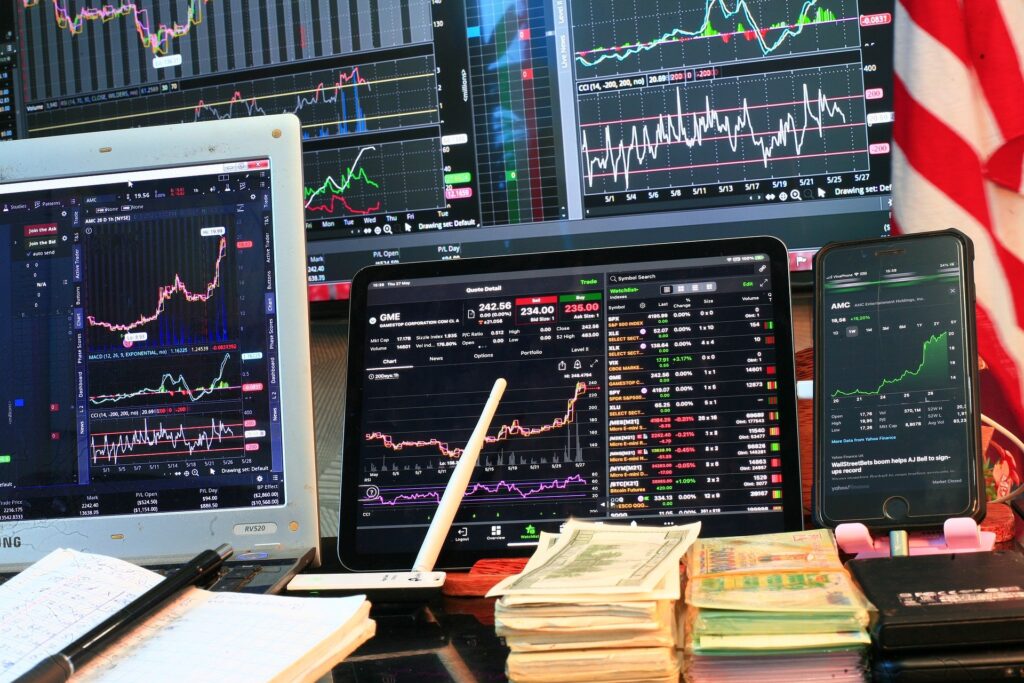Contract for Difference (CFD) is a type of financial instrument that allows you to speculate on the price of an asset without having to buy it physically. To help you better understand this concept, here is an introduction to CFD trading in Asia.
What is CFD trading?
It’s an effective way to invest in assets that you otherwise couldn’t afford by using only a fraction of the cost. If the asset price rises, your profits are multiplied, whereas if it drops, you get burned. This instrument puts the power back into your hands, but only when used responsibly and with caution.
Remember that even though you may be investing in Apple stock or AAPL, for example, this does not mean you will make money on every single sale. The point here is to spread your investments across multiple stocks for more peace of mind.
Benefits of CFD trading in Asia
Let’s look at some of the benefits of CFD trading in Asia;
Lower trading fees
When you invest in a cfd, the trading fees are usually lower than those for trading normal stocks. This is because you’re not actually purchasing any shares but simply borrowing them from your broker and then selling them at their current price. The difference between the price you purchased and later sold (minus any fees) is what you gain as profit.
No brokerage fee
Since CFDs do not involve actual purchases of the underlying asset, there’s no need to worry about paying brokerage for it! If you have an account with CommSec or Interactive Brokers, this means that all transactions will come out of your cash balance. This makes it much easier to track how much money you have left for trading.
Price appreciation, dividends and splits are all included in the price of CFDs
Compared to normal stocks where you don’t benefit from price appreciation or receive dividends, a CFD reflects changes to its underlying asset’s value. In addition, upon a split or capitalisation event, your CFD will automatically adjust the number of units that it represents. This means that there’s no need to calculate conversions for these events on your own!
You can use them for hedging.
Since the price of a CFD is highly correlated with that of its underlying asset, you can use it for hedging to lock in your profits! For example, if you hold $10,000 worth of Apple shares and then place an order for Apple CFDs worth $5,000 simultaneously (with the same expiry date), then any gains will be offset by losses incurred on the other side. You keep your shareholding intact and retain unlimited upside potential should APPL rebound after falling.
On the other hand, if APPL falls instead, your losses on both sides will cancel each other out and become zero. However, in this scenario, your potential loss is limited to the amount invested because the CFDs expire at a fixed price.
Flexible expiries can mitigate risk and maximise returns.
Since you’re not receiving any dividends from a traditional stock, using it for short-term trading opportunities allow you to take advantage of volatility. For example, if AAPL falls by 10% on one day but recovers by 15% two days later, what do you gain or lose? In this case, the additional 5% gain will only be realised upon expiry of your CFD contract since it expires at a fixed price rather than when AAPL closes below 100 as a normal share would.
This feature allows traders to increase their gains by taking advantage of market moves that they predict will continue for a certain period without incurring any additional risks associated with being long on a stock.
Conclusion
Though CFDs are easy to use, it is not without risks. Investing in anything carries some degree of risk, so always perform proper research before making any decisions. If you have the capital available to take on these types of trades, make sure to use a reputable online broker from Saxo Bank. For more information on cfd trading at Saxo, visit their site.
